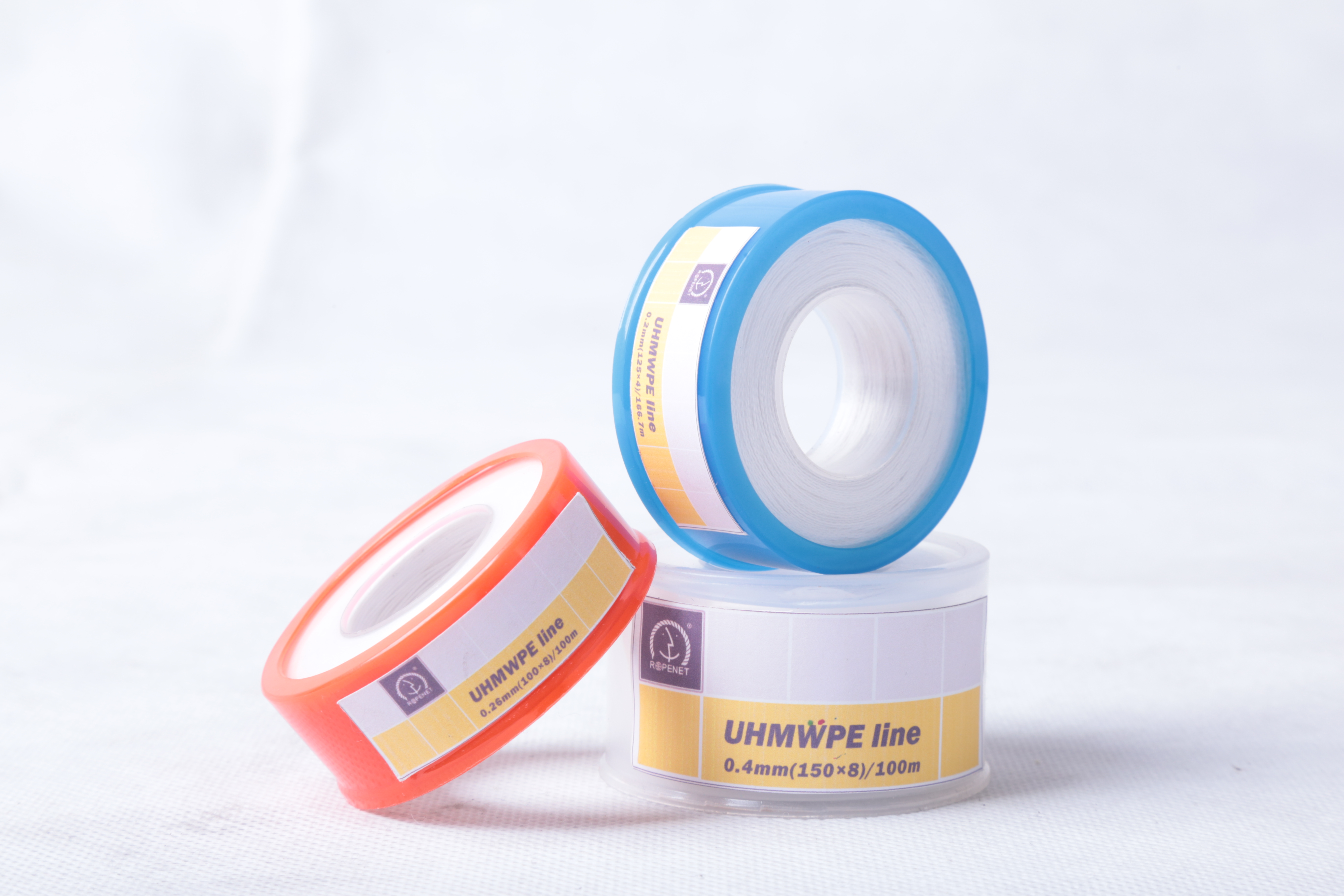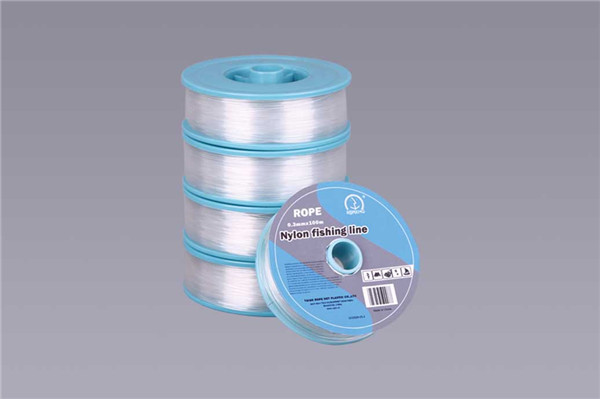(File Transfer and Job Delievery: New Software and New Applications)
Entering 2002, the number of optional digital file transfer and job submission tools for the printing industry in the U.S. has increased significantly, and its capabilities have also been greatly enhanced.
Some mature standards, such as File Transfer Protocol (FTP) and Group Logic's MassTransit protocols, have become more popular, and many new tools have emerged with new capabilities.
Just as GATF forecasted last year, trends such as the integration of workflows, the integration of file transfer and job submission capabilities in e-commerce, and the application of online workflows have begun to appear this year. Companies such as Creo Serb Angel, MyFujiFilm.com, and Printable have pioneered print e-commerce by developing powerful software that not only enables seamless job submission but also has many additional features such as resource management and integration. Prepress preflight, multi-style file output, and file warehouse archiving.
Last year we saw the industry launches CIP4 and JDF (Job Definition Format). These new technology promises to be able to organically combine the correlation between metadata and data to provide truly powerful job tickets and become the entire job submission. Part of the process. Although JDF has made great strides in the past year, it has so far not been widely used in the mainstream of this field. It is expected that this situation will change in 2002. Among the CIP4 members, more than 60 companies have developed products that meet the CIP4 standard. At the Seybold conference, HP demonstrated a new technology, the remote proofing initial product, which combines the JDF and PDF-X/3 file formats to create a new remote proofing file format called RPF.
The use of e-mail to continue to use e-mail during job submission has become an issue that has not been properly resolved in the industry. Since most companies’ email systems can stick large attachments and many companies have access to broadband networks, the success rate of using e-mail is much higher than ever before. People choose email delivery operations for their own reasons. For example, almost everyone now has their own e-mail address, and FTP or other tools cannot be used by everyone. With e-mail, you don't have to bother to remember passwords and navigate the file system, and you don't have to use TCP/IP addresses. Everyone knows how to send and receive e-mails.
However, emails with large attachments take a long time to be transmitted, and sometimes they are even unsuccessful. There is rarely one way to identify whether an attachment has been received, and the email is not secure enough. In a short period of time, these problems do not seem to be solved perfectly. Therefore, people expect that other methods of file transfer and job submission will continue to flourish for a while. Fortunately, the adoption rate of these methods is gradually increasing.
File Transfer Protocol (FTP)
How many people in the printing industry are using FTP to send and submit their jobs? There is no specific statistical data, but it is certain that more and more printers are using FTP, prepress companies and advertising companies. A considerable number of people are also satisfied with the performance of FTP.
The reason for this trend is that the new FTP software is easy to use, and that FTP can be bundled with an operating system (such as Windows 2000), and there are few internal restrictions on FTP through the firewall. The ease of use of FTP software, and sharing software such as Transmit on Mac (developed by Panic Software) and Cute FTP on PCs (more than 10 million downloads) make FTP ubiquitous in the field of file transfer.
But in the process of encoding and saving binary files, FTP also has its own drawbacks. When sending a folder from a Mac, you need to use Stuffit or other archiving or compression software, and you may also face troubles such as file format and resource branching when you cross from one platform to another. Another barrier to FTP is that although the FTP client software is easy to use and easy to purchase, the FTP server still has great difficulty in installation, configuration, support, and management.
Appleshare IP and Mac OSX
The coolest new development in job submission is using Appleshare on an IP network. In the past, we always hoped that the complicated and difficult work done by the Mac will now become a breeze. Users using a Mac can enter an IP address according to their own choices, making it easy to connect to a server at a remote site.
Using Appleshare servers in the past few years can only achieve very few links, but the introduction of Mac OSX provides Appleshare with an opportunity to make it a popular workflow. Using Appleshare over IP has slightly reduced performance, but in most cases, this workflow only limits the Mac. Unfortunately, Appleshare does not integrate seamlessly with processes and job tickets. You can only keep files in one folder. However, the ease of use makes it widely popular, and with the continued popularity of Mac OSX, it is believed that more people will use this method during the job submission process.
Industry-specific file transfer and job submission services Since the technical forecast last year, DAX and Vio, two industry-specific providers of file transfer and job submission services, have announced their decision to withdraw from the industry. Among them, DAX was acquired by Torque Systems, and Vio was annexed by Citizen. The company bought all the shares of Saige and British Telecom. Both companies have their own business scope. It is uncertain whether to retain file transfer and job submission services in the next few years, especially in the face of other inexpensive and practical applications. It's competitive.
On the other hand, WAM! NET continues to maintain its strong proprietary network, although many people predict that it will eventually fail. Currently WAM! NET has made a series of adjustments to the company's strategy, focusing on some real value projects in the industry, and is also very concerned about the vertical markets involved in company services. WAM! NET announced that they will begin to profit next year. Although the cost of file transfer and job submission using a proprietary network (such as that provided by WAM!NET) is relatively large, it has played a leading role in the application of the Internet in the industry, and it has also gained security and reliable quality from proprietary networks. In terms of perspective, like WAM! Sites like NET are really a good choice.
Last year there were also some industry-specific file transfer systems based on ASP, including DAX-IT and a Norwegian company, FileFlow, which launched new products for advertising companies.
One company that has truly succeeded and evolved in the past few years is Group Logic, which has provided solutions for the printing industry for more than five years. Its flagship product, MassTransit, has FTP (file transfer), remote proofing, and process integration. Other functions. Companies like MyFujiFilm.com also integrate MassTransit into their own products. Group Logic is expected to introduce more new products in the next two years.
The network connection is not difficult to see, 2001 is a key year of digital connection. However, during this year, the economy has experienced a major decline. The telecommunications companies and many network service providers, both large and small, have not achieved satisfactory results. The economic environment has undoubtedly caused a huge impact on the digital connection services that have just started. .
In 2001, DSL (a private line network) began to be widely understood by users and seemed to be the mainstream solution for job transfer and file transfer applications in the industry. However, at this time, two major DSL providers in the U.S. (Rhythms and Northpoint) closed one after another. After the third and largest one, Covad, went bankrupt. Then AT&T got involved and bought Northpoint, but their old customers couldn't get connected services. Rhythms' customers are fortunate, and WorldCom continues to provide services after acquiring Rhythms. Despite this, the overall situation of DSL has not been a result of this, because some local large companies such as Verizon, Qwest, and SBC Communications have further promoted DSL in their respective fields and increased its speed. Therefore, those companies that want to do e-commerce operations in big cities can still get easy, cheap, and high-quality DSL services.
At the same time, the price of T1 is also declining, and the downward trend will continue. More and more companies in the printing industry are adopting T1. And because the firewall application becomes cheaper and easier to configure, even an IT staff member of the printing company can handle the installation and maintenance of the private network. There is still a big difference between various service providers, so before signing a T1 contract with a service provider, you should carefully compare the various companies, prices, and their service levels. Services provided by Internet service providers such as AT&T, MCI Worldcom, and Level 3 communications companies are still the best, and some local small ISPs may not be able to provide the various high-quality services that users need.
Due to the economic weakness, another aspect that is affected in the high-end sector is the connectivity of Ethernet networks in big cities. Communications companies like Yipes () can provide Internet or local area network connection services not only between cities but also between countries via broadband Ethernet. Compared with traditional T1 lines, the value of this service is higher, but it requires more bandwidth, at least 10Mbps, thus promoting the development of broadband, these services will be the bright spot in the future.
Conclusion In the field of printing, although there are many hardware, software, and connection services available on the market for people to choose from, the use of digital technology to transfer files and submit jobs is still in the initial stages of development. One day we will lose CD-ROMs, DVDs, and other media used to transfer stored files. The arrival of this day is not far away.
Product Features
Fishing Twine include Fishing line, Nylon Fishing Line, nylon monofilament fishing line, Nylon Fishing Twine and so.
·High tensile strength
·Flexible
·Weather resistant
·Abrasion resistant
Product Application
Fishing sports.


FAQ:
Q: How about payment terms?
A: 30% TT deposit + 70% TT against the B/L copy within 3 days.
Q.:What about the lead time?
A: We need 3-7 days to get the samples ready, for bulk goods, it will cost 15-60days,up to the quantity.
Fishing Twine
Fishing Twine,Nylon Fishing Line,Nylon Monofilament Fishing Line,Nylon Fishing Twine
ROPENET GROUP CO.,LTD , http://www.cordnet.com